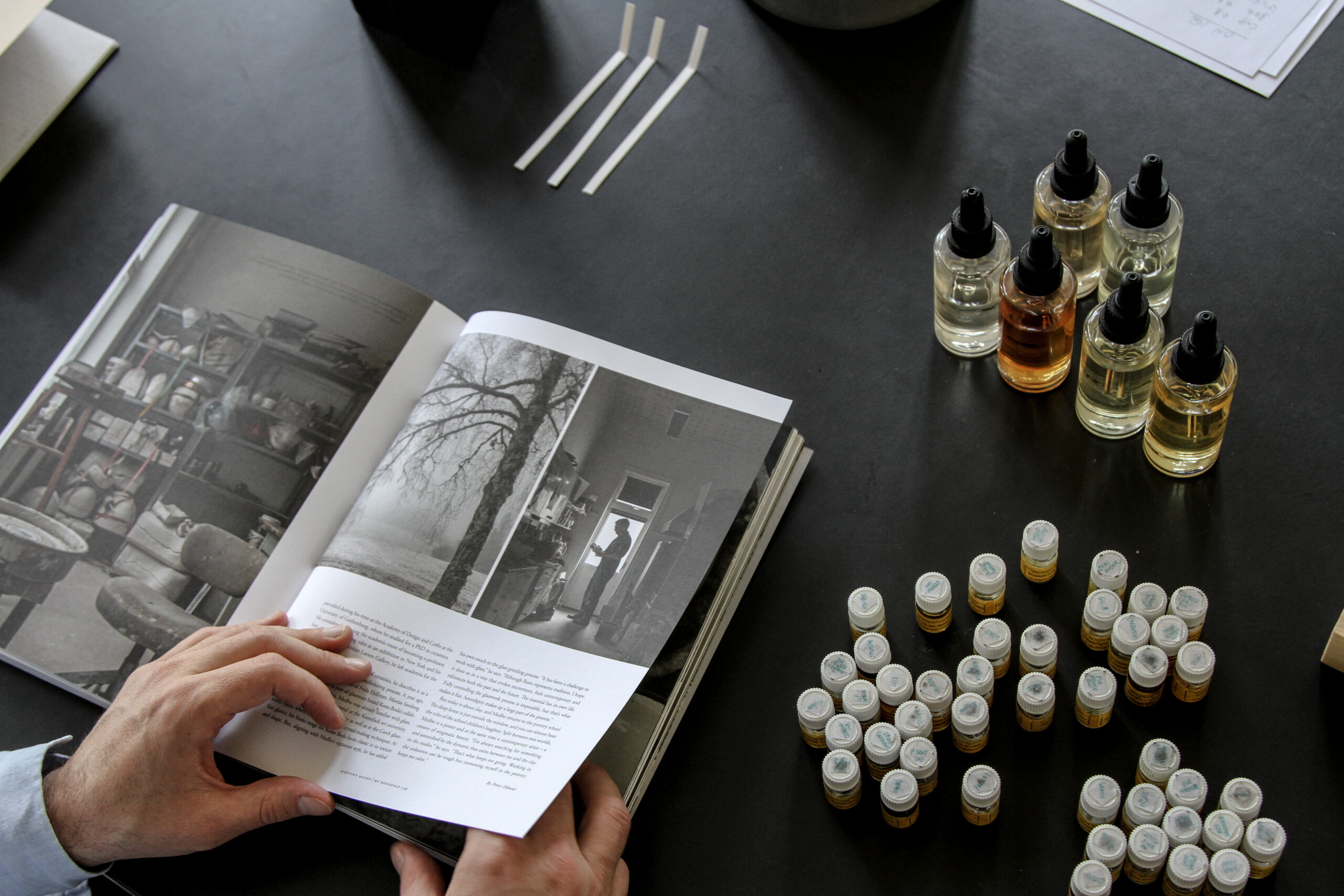
Morgan Lovell’s head of design looks at how the office evolved along with contemporary technology – and what is yet to come
Technology is and will always be one of the biggest challenges workplace designers need to incorporate into their concepts. The challenge is how do designers keep up with all the new innovations that are being created and how do they incorporate them into their designs.
The challenge doesn’t end there; in addition, designers need to ensure that any new technology is suitable for the end user and convince business owners of the capital investment.
Businesses want to use the most innovative design solutions in order to allow their employees to be as efficient, collaborative and productive as possible, placing high focus on the technology that will allow them to support this.
In the last two years, since the first lockdown in 2020, we have seen a monumental leap in the attitudes of businesses towards the importance of technology in the workplace.
Read more: 5 ideas for positive tech practices
The change in attitude is very much welcomed by designers who believe that this ‘more open’ acceptance to technology also opens the mind to other conversations that help to improve how we design and work in the office, such as wellbeing.
To understand where the evolution of tech in the office is going, it is important to understand where we have come from and where we currently are. The way we work in 2022 has evolved beyond prediction since the 18th century where mass use of paper and storage were the most dominant features of the office. Over time, the design has become typical in the form of regimented rows of desks with managers in offices looking in.
The 20th century gave birth to many new ways of working and these changes were mainly instigated by the rise in building technology that allowed for high-rise buildings or skyscrapers to be built, accommodating multiple businesses under one roof. Mechanical and electrical advancements followed and air conditioning in large footprint buildings allowed open plan offices to be created.
When laptops were introduced into the office, it allowed for workers to become more mobile and ushered design into a new era of workplace design with agile and activity-based working becoming increasingly popular. Staff could work from almost anywhere and could connect to the office systems via wi-fi.
Read more: Creating a private and secure workplace in the metaverse
With staff being given the flexibility to work anywhere and not necessarily in the office, workplace designers had to give employees a good reason to come to the office, making the office a destination rather than just a place to be seen by their bosses.
The office had to integrate the technology and designers created spaces that included flexible furniture with built-in audio visual and video conferencing, digital whiteboards in the open plan for ad-hoc team scrums and a sense of fun with creative spaces for foosball, table tennis, bean bags and games consoles.
In the last five or so years we have all been introduced to elements in the workplace that have helped to improve our working lives, mental health and physical heath, such as biophilia to increase the air quality and lower stress levels, ergonomic chairs and sit-stand desks to help regulate our posture and body strain, to mention just a few.
But where does the future of the workplace lie? Until time machines are invented, this is something we can only guess at for now. Considerations for the future will be based around how far the technology can be pushed. Is it so ridiculous to consider that holograms will one day replace the physical person in the office or that an office could be completely reconfigured in a matter of hours to suit a new project or client?
Image by Jack Sparrow, Pexels























